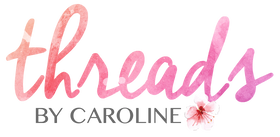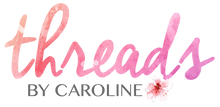Body measurements
Created by PageFly, please open this page in PageFly to edit.
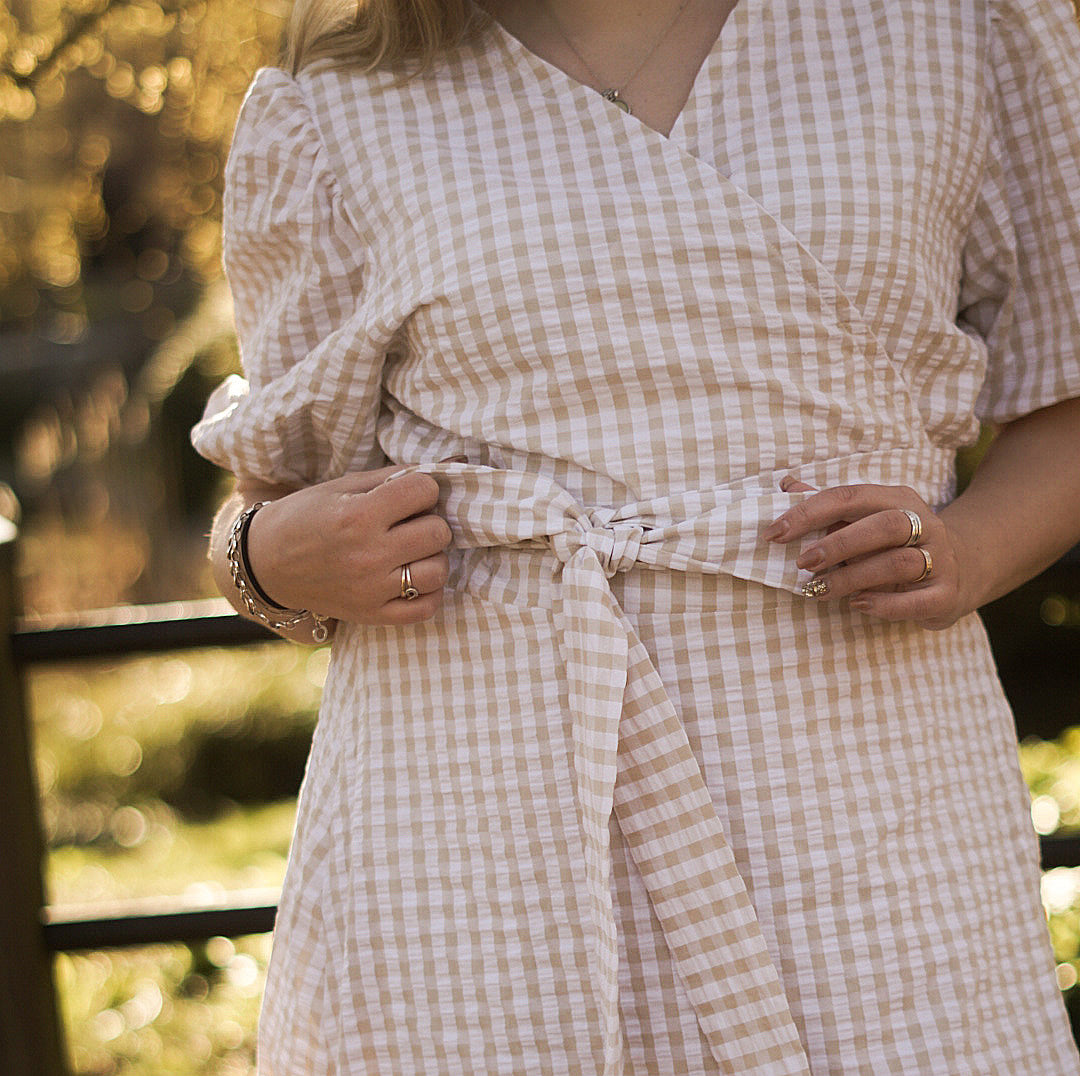
My crew of pattern testers try out all new patterns before they're finalized. They provide valuable feedback and inspire with their makes.
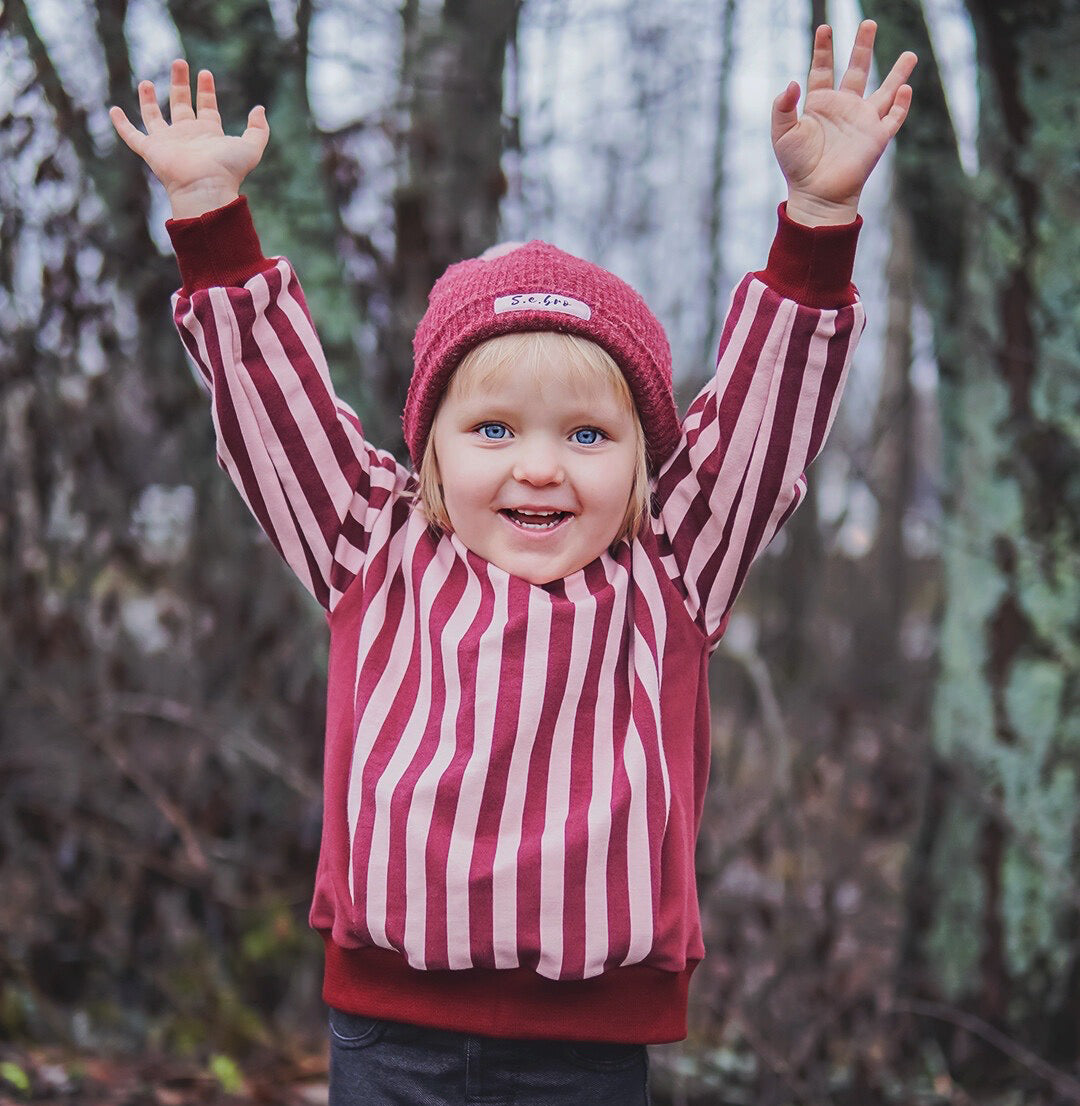
Combine two patterns; add a hood, a zipper or other detail that isn't there in the original pattern... Get inspired by our pattern hacks!
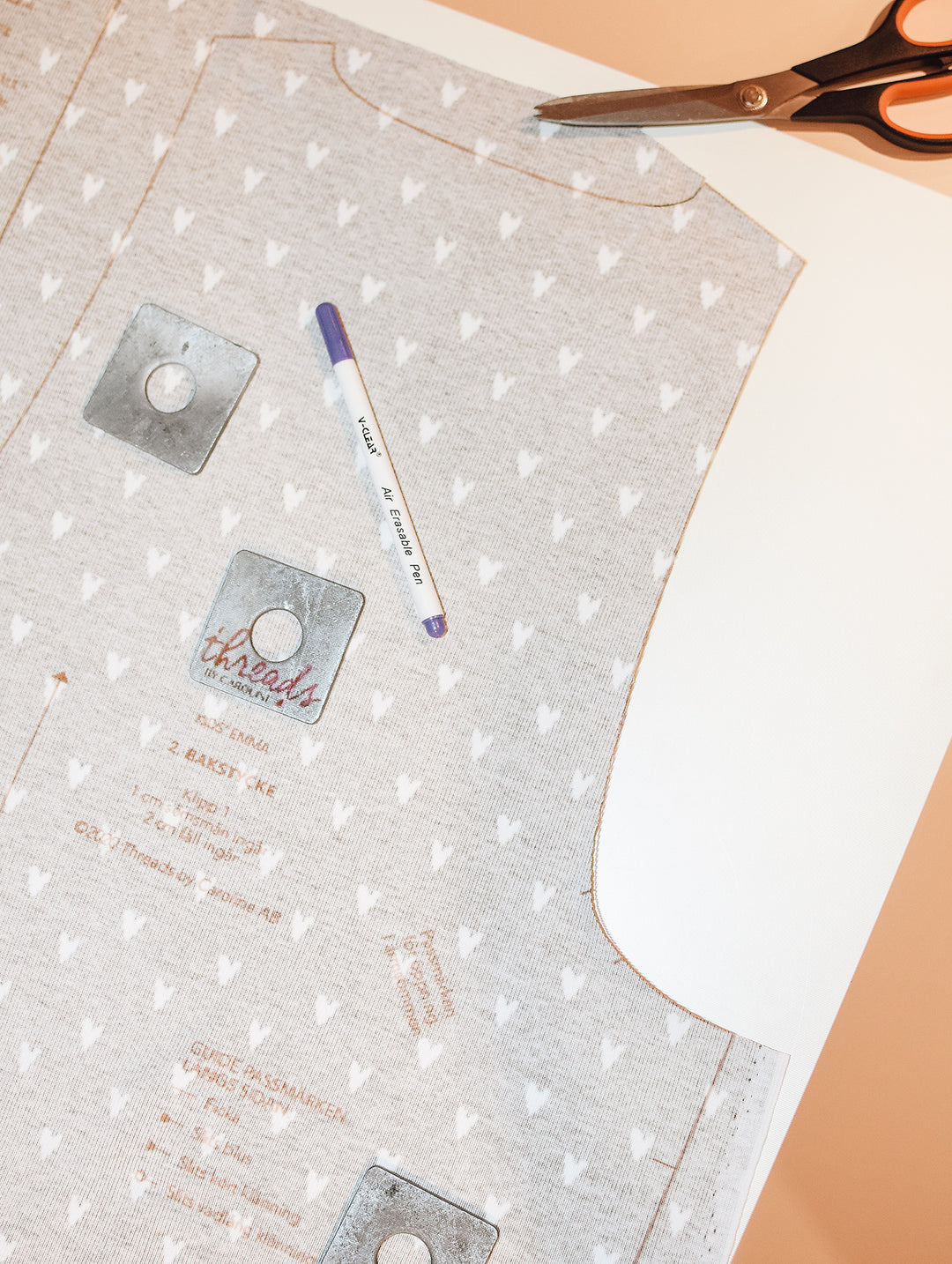
Learn about the digital version of my patterns. A PDF pattern includes different formats for you to use the pattern the way you prefer.
